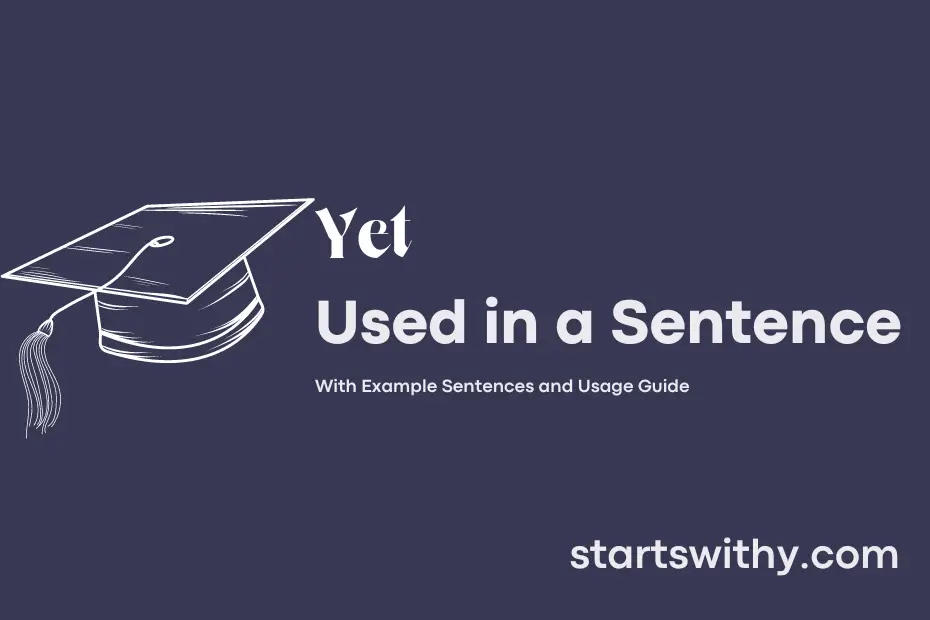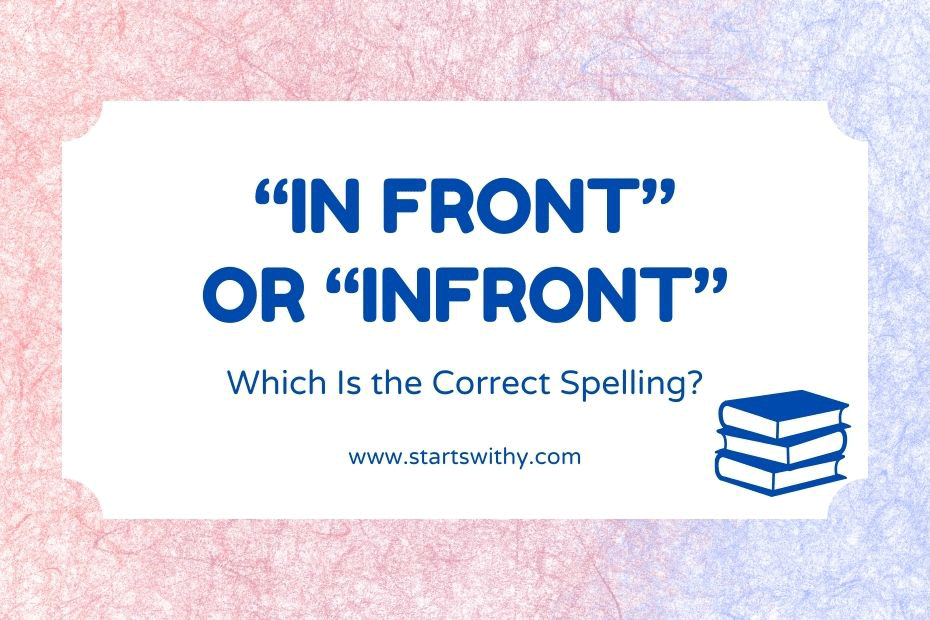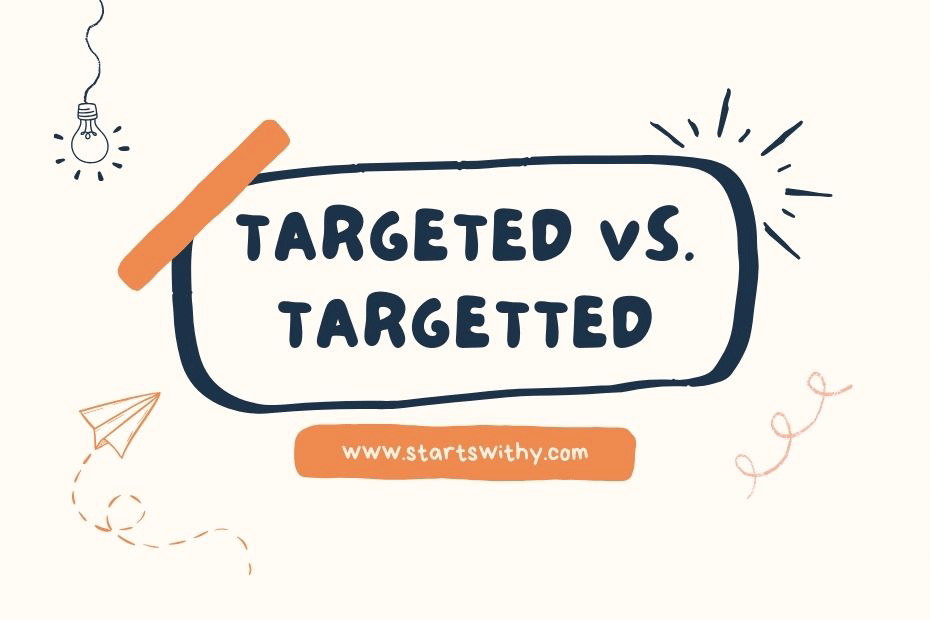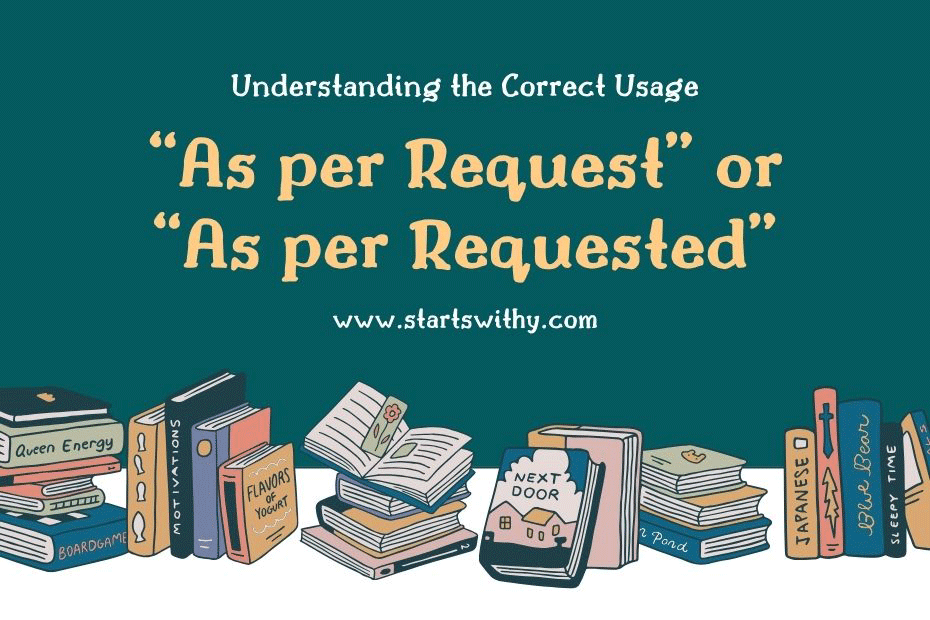Have you ever been tempted to connect two contrasting ideas in a single sentence? Welcome to the world of using “yet” in writing. “Yet” is a versatile conjunction that serves to introduce a contrasting idea in a sentence, shedding light on unexpected connections and nuances.
When used correctly, “yet” can enhance the dynamic nature of your writing by creating a rhythmic shift that keeps readers engaged. Its ability to bridge seemingly opposing concepts adds depth and complexity to your sentences, making them more compelling and thought-provoking.
7 Examples Of Yet Used In a Sentence For Kids
- I yet have to finish my homework.
- The sun is not up yet in the morning.
- I have not eaten my lunch yet.
- We have not played outside yet.
- My friend has not arrived yet.
- I can’t tie my shoes yet.
- I am not sleepy yet.
14 Sentences with Yet Examples
- Yet, I haven’t finished studying for the upcoming exams.
- I want to attend the concert, yet I have a project submission the next day.
- The canteen food is affordable, yet not very nutritious.
- I have studied all the topics, yet I feel anxious about the results.
- I have a class at 9 am, yet I stayed up late binge-watching a series.
- The library is open till midnight, yet I prefer studying in my room.
- I love attending college fests, yet they always clash with exam dates.
- I want to pursue my passion for photography, yet I am majoring in Engineering.
- The campus has a gym facility, yet I find it difficult to make time for workouts.
- I have a part-time job for extra income, yet it affects my academic performance.
- I have a group presentation due, yet not all members have contributed equally.
- The college offers study abroad programs, yet they are very competitive.
- I want to join a sports club, yet the timings clash with my classes.
- I am interested in learning a new language, yet finding the time is a challenge.
How To Use Yet in Sentences?
Yet is used as a conjunction in a sentence to introduce a contrast or exception. It indicates a contradiction or unexpected result.
For beginners, here is a simple guide on how to use yet in a sentence:
-
Contrast: Use yet to show a contradiction between two different ideas or actions. For example, “She is tired, yet she continues to work on her project.”
-
Adding on: You can use yet to add more information to a sentence, especially when it seems surprising. For instance, “He ate a large pizza, yet he was still hungry.”
-
Conditional: In a sentence expressing a conditional statement, you can use yet to indicate a possible outcome that goes against the expectation. For example, “She studied hard, yet she failed the test.”
-
Timing: Yet can also be used to indicate something that is expected to happen in the future but has not happened up to the present time. For instance, “He has promised to help, but he hasn’t done so yet.”
Remember, when using yet in a sentence, consider the context and ensure that it appropriately conveys the intended contrast or exception. With practice, you will become more comfortable incorporating yet in your writing to create stronger and more nuanced sentences.
Conclusion
In conclusion, the use of the word “yet” in sentences often conveys a sense of contrast or anticipation. Whether denoting a contradiction or signaling an expectation for a future event, “yet” adds complexity and depth to the message being conveyed. By combining two contrasting ideas or highlighting an unfinished action, this small word plays a significant role in shaping the meaning and tone of the sentence.
Additionally, “yet” serves as a versatile tool in writing, capable of connecting clauses, expressing reservations, or emphasizing a point. Its placement within a sentence can alter its impact, guiding readers to focus on specific details or consider alternative viewpoints. Overall, “yet” is a valuable linguistic device that enriches sentences with nuance and subtlety.



